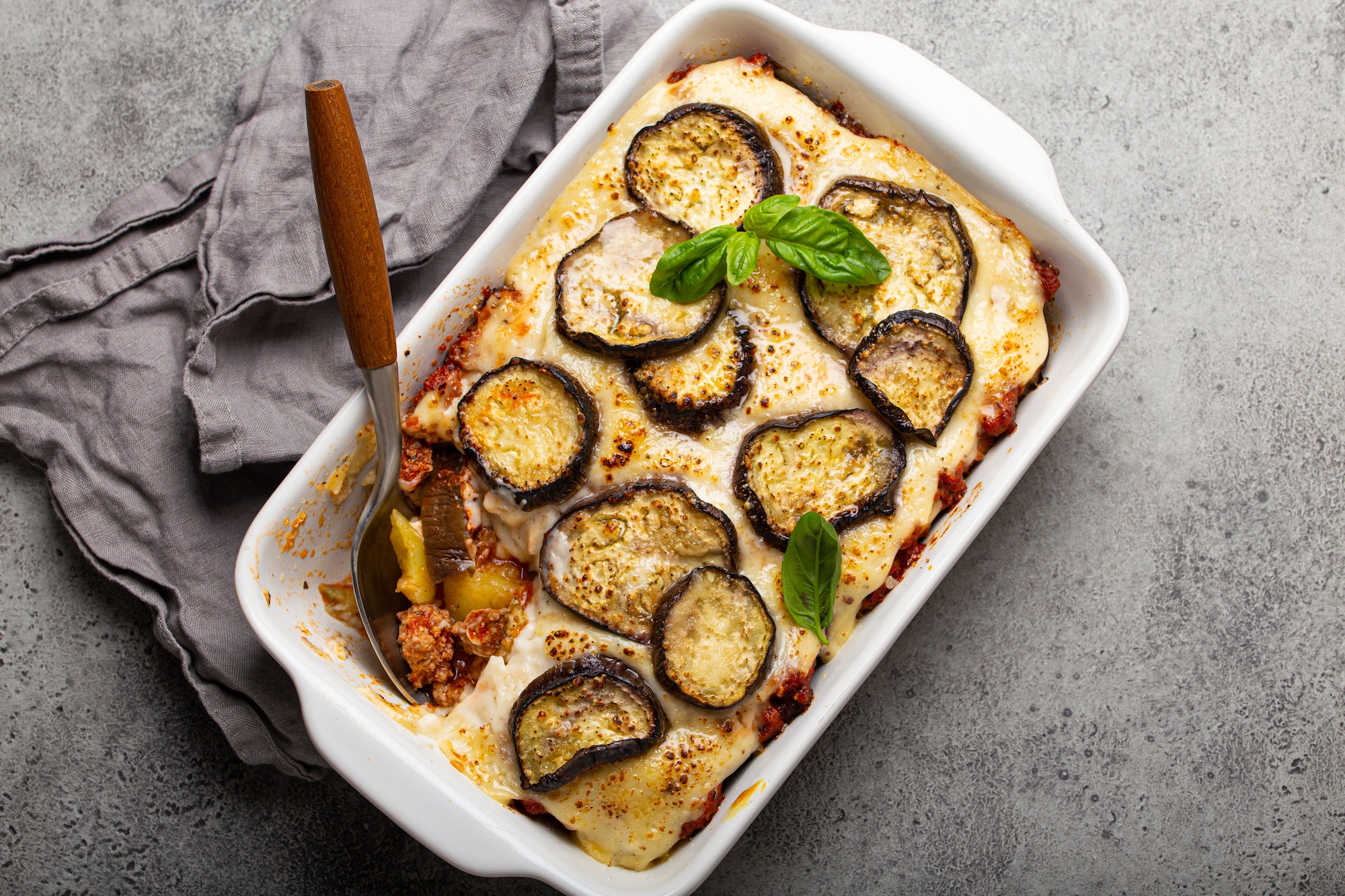Greek cuisine is a treasure trove of flavors, textures, and culinary techniques that have been perfected over centuries. From the sun-drenched beaches of the Aegean to the bustling markets of Athens, the sights, smells, and tastes of Greece are nothing short of mesmerizing. One dish, in particular, embodies the essence of Greek cuisine – moussaka. This rich and hearty dish has become a staple in Greek households and is enjoyed by people all around the world. In this article, we will delve into the history of moussaka, explore its key ingredients, and share a few tips on how to make this mouthwatering dish at home.
A Brief History of Moussaka
Moussaka has a long and fascinating history that can be traced back to ancient Greece. The name “moussaka” is derived from the Arabic word “musaqqa’a,” which means “chilled” or “cooled.” This is because early versions of the dish were served cold, as a way to preserve it and keep it fresh during the hot summer months.
The modern version of moussaka that we know today, however, was inspired by the Pastitsio – an Italian dish featuring layers of pasta, meat, and béchamel sauce. During the Ottoman Empire, moussaka was introduced to Greece, where it underwent several transformations. It wasn’t until the 1920s, when Greek gastronome Nikolaos Tselementes decided to incorporate the signature béchamel sauce and aubergine (eggplant) into the dish, that moussaka truly became a Greek classic.
Today, moussaka is a quintessential Greek dish that is enjoyed in various forms across the Mediterranean. From the traditional lamb-based version to vegetarian and vegan options, there’s a moussaka for everyone.
The Key Ingredients of Moussaka
The heart and soul of any moussaka recipe lie in its key ingredients. There are four main components that make up the classic dish: aubergine, meat sauce, béchamel sauce, and cheese. Let’s take a closer look at each aspect.
Aubergine (Eggplant)
Aubergine, also known as eggplant, is the star ingredient of moussaka. This purple, glossy-skinned vegetable has a unique texture and flavor that absorbs the rich meat sauce and melds beautifully with the creamy béchamel. To prepare the aubergine for moussaka, it’s typically sliced and either fried, grilled, or baked to achieve a tender and slightly caramelized finish.
Meat Sauce
The meat sauce in moussaka is traditionally made with minced lamb, though variations using beef, pork, or even a combination of meats can also be found. The sauce is simmered with tomatoes, onions, garlic, and an array of aromatic spices such as cinnamon, nutmeg, and allspice. These warm spices give moussaka its distinct flavor that sets it apart from other Mediterranean dishes.
Béchamel Sauce
The crowning glory of moussaka is, without a doubt, the luxurious béchamel sauce. This creamy, velvety sauce is made by whisking together butter, flour, and milk, and then cooking it until it thickens. Some recipes call for the addition of egg yolks or a touch of grated cheese for added richness. The béchamel sauce is poured over the layers of aubergine and meat sauce, creating a sumptuous and indulgent final touch.
Cheese
Greek cuisine is known for its delectable cheeses, and moussaka is no exception. The most commonly used cheese for moussaka is kefalotyri, a hard, salty cheese made from sheep or goat’s milk. If you can’t find kefalotyri, other good substitutes include Pecorino Romano or Parmesan.
Tips for Making the Perfect Moussaka at Home
Making moussaka at home can seem like a daunting task, but with a few helpful tips and tricks, you’ll be able to create a mouthwatering dish that will transport you straight to the Mediterranean. Here are some suggestions for mastering moussaka in your own kitchen:
- Take your time: Moussaka is not a quick, weeknight dinner. It’s a labor of love that requires time and patience. Set aside a few hours to prepare, cook, and assemble the dish. Trust us, the results will be worth it.
- Season your aubergine: Before frying or grilling the aubergine slices, sprinkle them with salt and let them sit for about 30 minutes. This will draw out any bitterness and ensure a more tender, flavorful result.
- Don’t skimp on spices: The unique blend of spices is what sets moussaka apart from other dishes. Be generous with your cinnamon, nutmeg, and allspice to create a rich and aromatic meat sauce.
- Let it rest: Once your moussaka is assembled and baked, resist the urge to dig in immediately. Allowing the dish to rest for 20-30 minutes will help the flavors meld together and make it easier to slice and serve.
In conclusion, moussaka is a delectable Greek dish that showcases the rich flavors and vibrant spirit of Mediterranean cuisine. Combining tender aubergine, spiced meat sauce, and creamy béchamel, this classic dish is the epitome of comfort food. Whether you’re a seasoned home cook or a newcomer to Greek cuisine, mastering the art of moussaka is a rewarding and delicious endeavor. All it takes is patience, quality ingredients, and a passion for the flavors of Greece.

